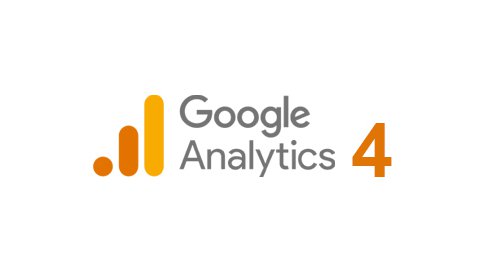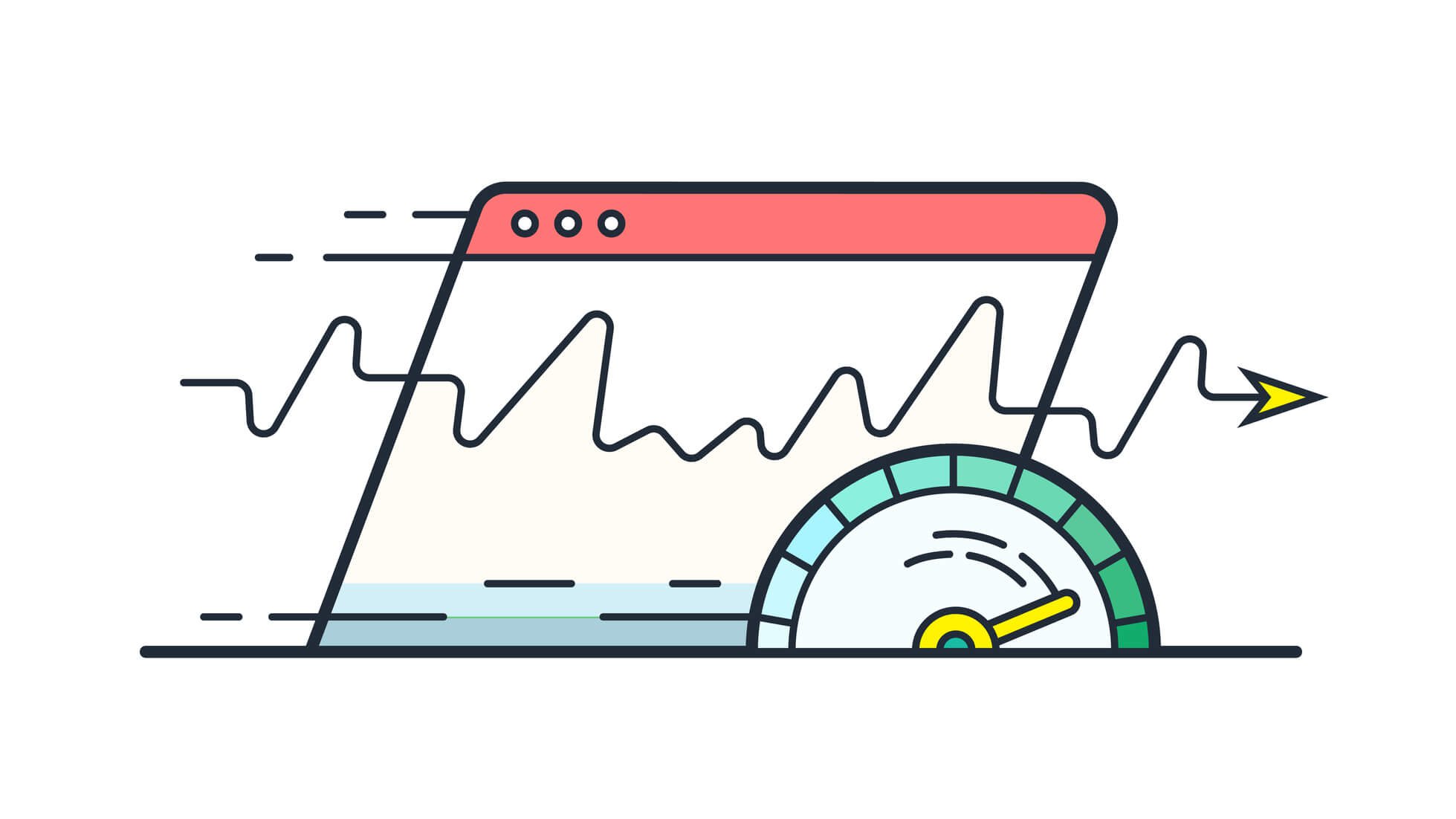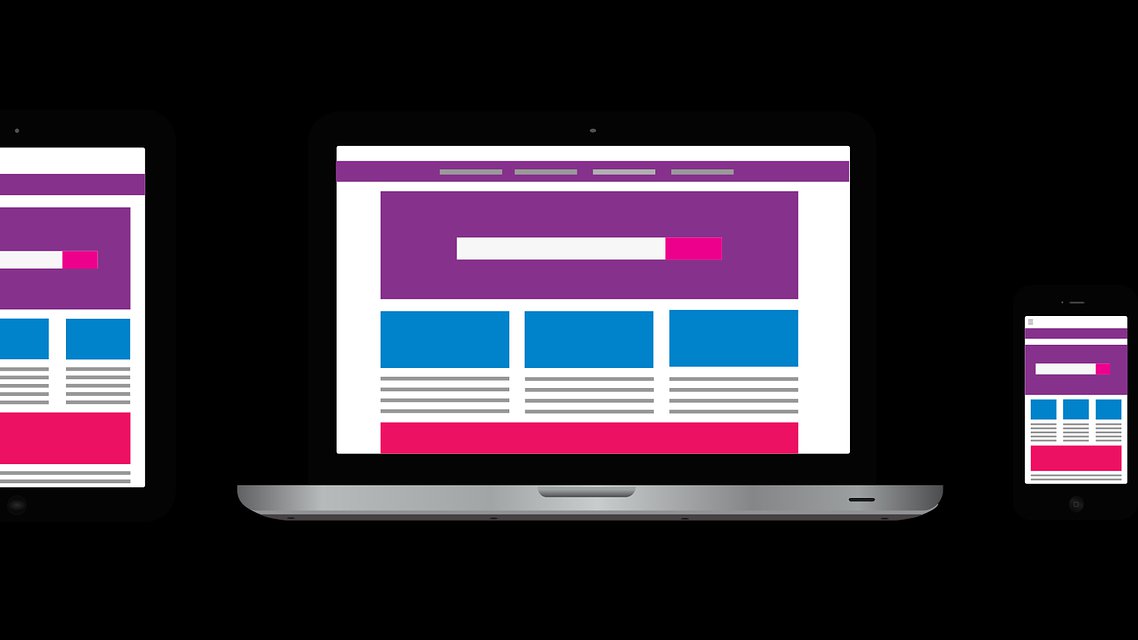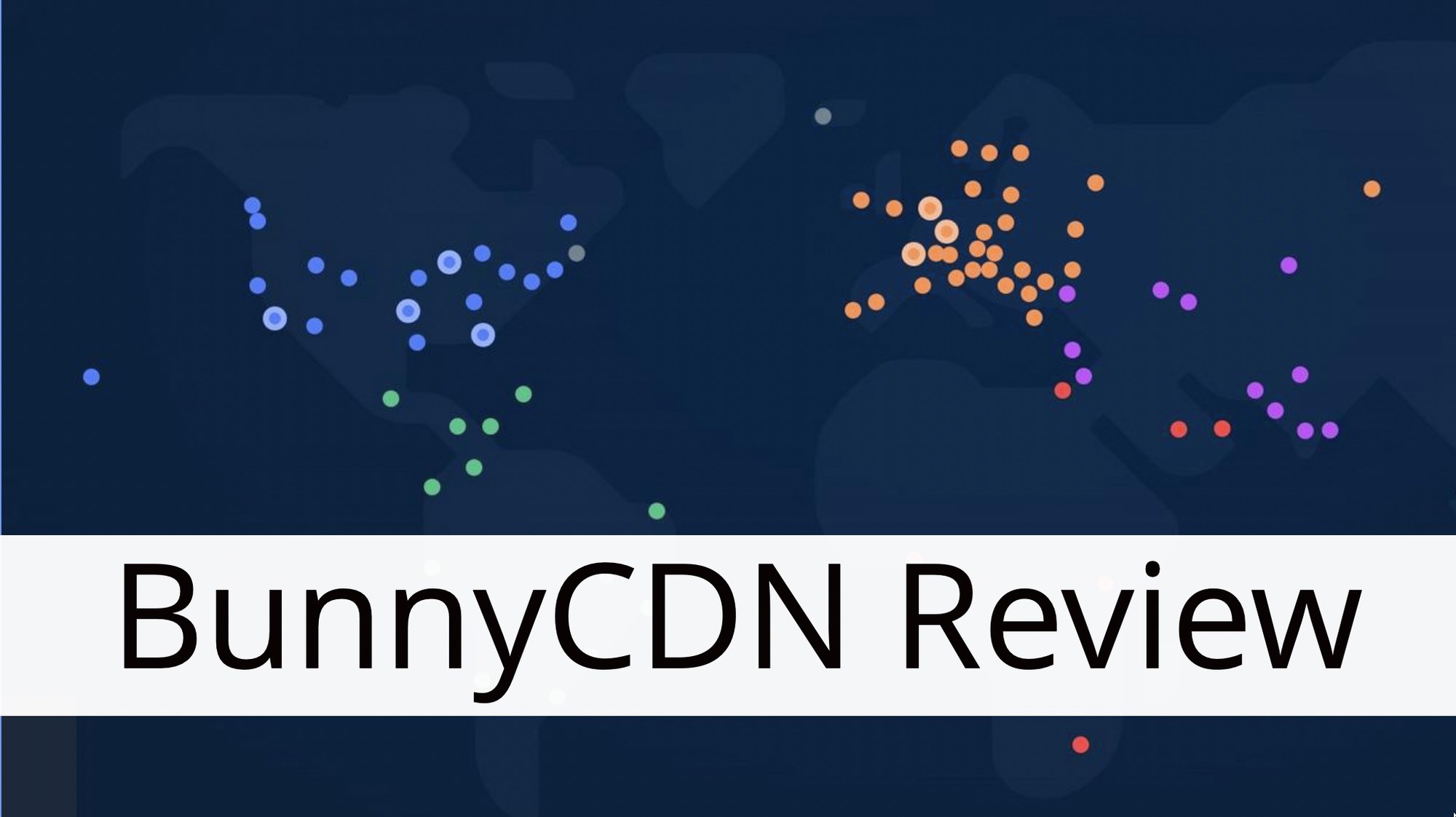If you've been using Google Analytics for a while, you've probably heard that the platform is changing. Universal Analytics will no longer process data after 2023, and customers will need to migrate to a Google Analytics 4 property. Fortunately, we've created a guide to assist you in making this shift.
In this piece, we'll look at Google Analytics 4 and its new features in further detail. We'll then address some frequently asked GA4 questions. Let's get this party started!
What exactly is Google Analytics 4?
Google Analytics, as you may be aware, is an analytics tool that can track and measure traffic and performance on your website. Google Analytics 4 (GA4), on the other hand, is a new property that offers a variety of reports.
Google Analytics 3 (also known as Universal Analytics) will stop processing data on July 1, 2023. To continue tracking the performance of your site, you must upgrade to Google Analytics 4.
Indeed, you may have noticed a banner on your Google Analytics dashboard encouraging you to switch to a GA4 property:

Google Analytics 4 is intended to assist organizations in measuring numerous data kinds while also fulfilling the growing demand for user privacy. It allows website owners to view user journeys across all of their websites and apps.
GA4 also uses machine learning technologies to predict fresh discoveries. In the following part, we'll look more closely at some of these aspects.
New Features of Google Analytics 4
Google Analytics 4 will assist you in tracking your goals more effectively. These could include raising sales, installing apps, or creating leads.
Let's have a look at the most important aspects of GA4!
1. Machine Learning for Smarter Marketing Insights:
Google Analytics 4 incorporates powerful machine learning from Google, which automatically finds and alerts you to trends in your data. Google has always been a machine learning leader, so this improvement comes as no surprise, but it is surely strong and useful.
Google Analytics 4 can predict user behavior and actions, allowing you to plan ahead of time. Google said it will continue to incorporate predictive metrics. As an example, GA4 can forecast your revenue from a certain group. These new features will enable you to develop audiences and conduct analysis to determine why one group of clients is more likely to convert than another.
2. Improved Google Ads Integration:
Google Analytics 4 is also more tightly integrated with Google Ads. You can leverage GA4 data to create unique audiences that are more relevant and beneficial to your consumers no matter how they interact with your company.
The option to track conversions from YouTube was also introduced, which Google claims "addresses longtime advertiser requirements."
3. Customer-Centered Metrics and a Better Understanding of the Customer Life Cycle:
These, in my opinion, are the game-changers in this upgrade. Rather than monitoring data fragmented by device or platform, GA4 employs customer-centric metrics that enable marketers to understand how customers interact and engage with their websites.
According to Google, GA4 employs a variety of identity spaces, including marketer-supplied user IDs and Google signals from users who have opted into ad personalisation.
This provides marketers with a complete picture of the buyer's journey. Assume a customer purchased anything from your app or website. You would be able to learn about the steps the customer made previous to purchasing, such as seeing your ad on YouTube, which led them to your website or downloading your app.
GA4 also gives marketers a better insight of the life cycle of their consumers. From the time they initially visited your website until they made a purchase. This is critical for acquiring and retaining new customers.
Google reorganized the reports so that you could receive marketing insights depending on your goals, such as how customers interact with your website before completing a purchase.
All of these give us, as marketers, with granular data that allows us to successfully plan our campaigns and make decisions, especially in this time of fast changing user behavior and demands.
4. New Data Management Options:
Google has embraced a fresh approach to data controls, with data privacy being a primary concern in the sector. It has three distinct features: (1) GA4 users have choice over how their data is collected, retained, and shared; (2) GA4 users can choose whether to use the data acquired for ad personalization; and (3) GA4 users can erase Analytics data by making a request to Google.
GA4 is designed to adapt to a future without cookies and identifiers, according to Google. Google intends to fill the data gap using machine learning so that marketers may continue to use correct data and adapt their ads with data-driven signals.
5. Anti-Spam Measures:
If you've been using Google Analytics for a time, you've probably heard of spam referrals. Perhaps you've experienced a brief surge in traffic or had a significant number of hits from an unknown source.
This spammy traffic may disrupt your marketing campaign, making reliable data collection difficult. Fortunately, Google Analytics 4 has found a solution to this issue.
Previously, spammers could use the Measurement Protocol to deliver bogus data to Google Analytics accounts. Only hits with a secret key can now send data to a GA4 property. This key is accessible through your GA4 data stream settings and is not publicly available.
Is it necessary to upgrade to GA4?
In essence, yes. On July 1, 2023, Universal Analytics will cease data processing. As a result, in order to continue tracking your performance, you must upgrade to GA4. You are not required to do so, but you will have no data after July 1, 2023.
We encourage that you do this as soon as possible. This way, you'll have plenty of time to become acquainted with the UI and its impressive features.
Furthermore, GA4 prioritizes user privacy and includes extensive data gathering and usage options. It also does not save IP addresses. As a result, upgrading to GA4 can assist you in meeting international data protection standards.
If you already use Universal Analytics, you can add Google Analytics 4 to your existing account. GA4 will collect data with your current account until it is phased off in 2023.
Configuring Google Analytics 4
Now that you're familiar with the new capabilities, let's get started with your new Google Analytics 4 account.
For existing Google Analytics properties, navigate to Admin and look for the "Upgrade to GA4" button under Property. Under "I Need to Create a New Google Analytics 4 Property," click "Get Started."
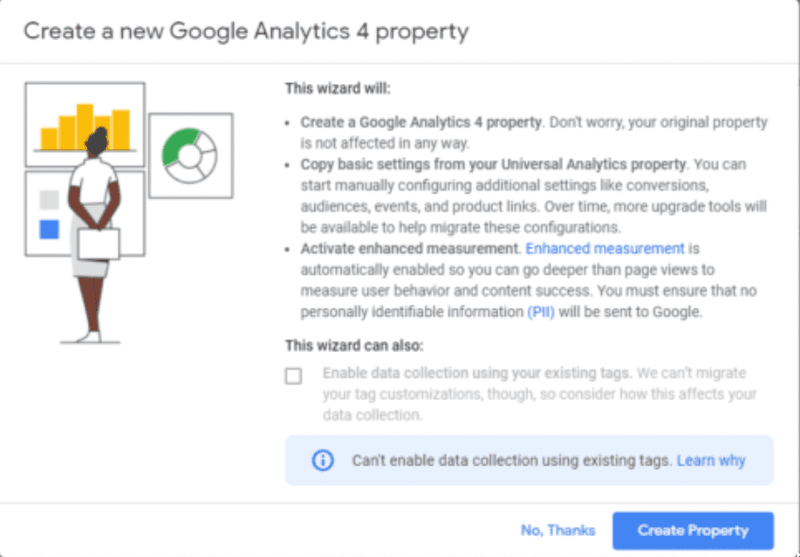
If you are already using the gtag.js tag on your website, you can enable data collection by modifying the existing tag. This eliminates the need to add a new tracking code to your website. Before utilizing this option, I strongly advise you to read this Google Analytics support paper on the considerations when using related site tags.
I'm implementing my tags with Google Tag Manager, thus I'm simply using the UA ID of my property, not the gtag.js.
When you click Continue, you will be brought to your new GA4 account's property settings.
If you're still using the old Google Analytics property on your website, go to "Tracking Info" and then "Tracking Code." If you notice the new GA4 measurement ID under "Connected Site Tags," you're fine to go.

If you wish to install the new tracking tag, go to Admin, select the new GA4 property you established, and then select "Setup Assistant" and then "Tag Installation." You'll be sent to the "Data Streams" menu. This is where you tell Google where your data is coming from. Your website should be there; click on it to see your measurement ID and the new gtag.js tracking code, which you can now install on your website.
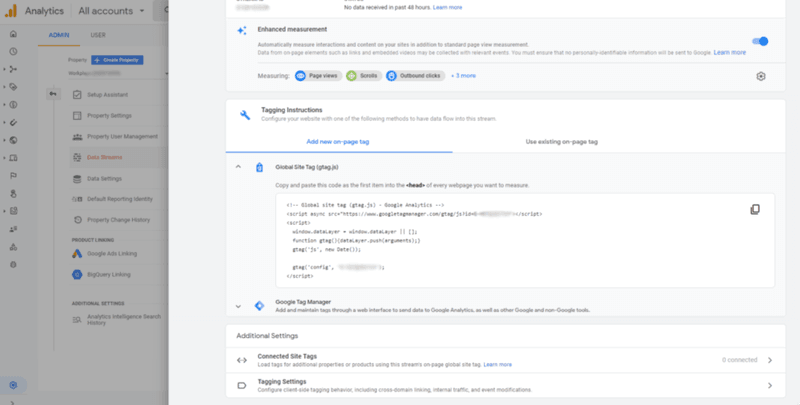
If you're using Google Tag Manager, sign in to your account, create a new tag, and then pick "Google Analytics: GA4 Configuration." Copy and paste your measurement ID from the "Data Streams" section. Set the trigger to "All pages," then submit your tag and save your modifications.
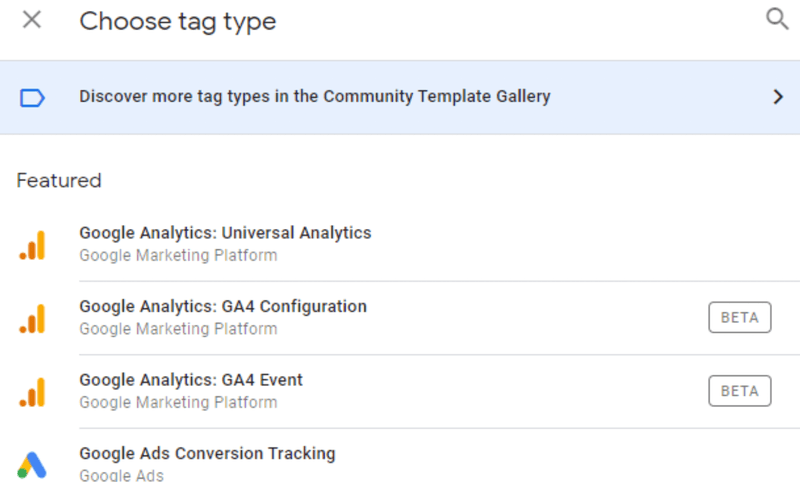
This is just the basic setup. This just makes sure that your new GA4 property is able to track traffic across your website. If you want to dig in deeper, simply go to Admin, click on “Setup Assistant” and there you’ll see where you link your Google Ads account, set user IDs, define your audiences, and more.
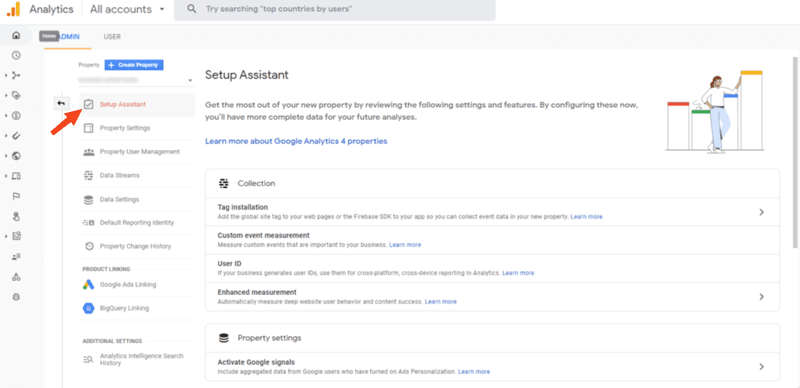
Conclusion
In July 2023, Google Analytics 4 (GA4) will replace Universal Analytics (UA). This new edition has more powerful capabilities for marketers and business owners, while emphasizing user privacy.
As previously said, GA4 incorporates AI-powered insights and forecasts to assist in the improvement of your marketing initiatives. Furthermore, it allows for granular control over data gathering and consumption, as well as the prevention of bogus traffic. Contact us via livechat if you need any help with GA4 migration and configuration services.











